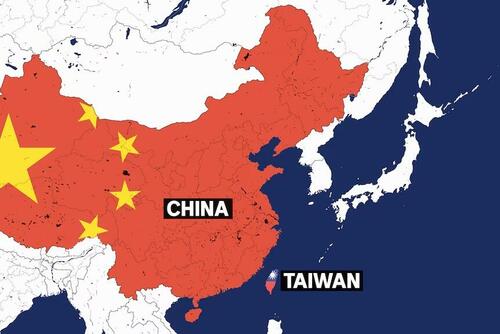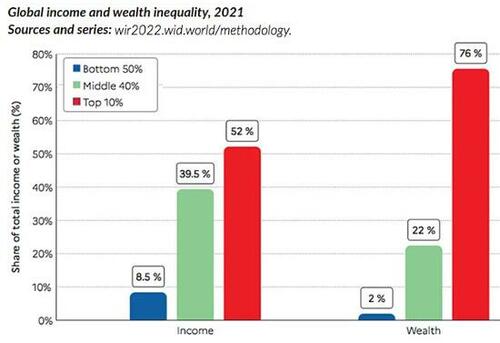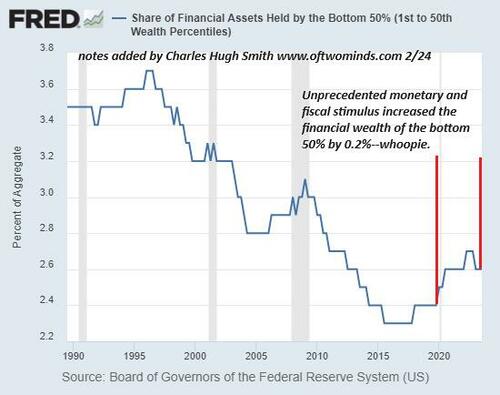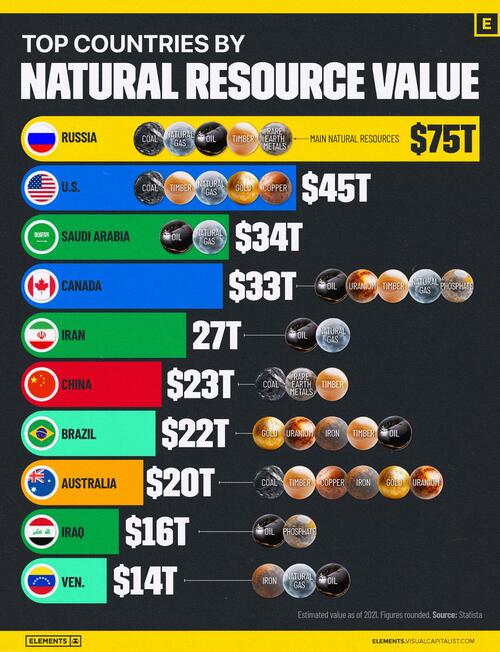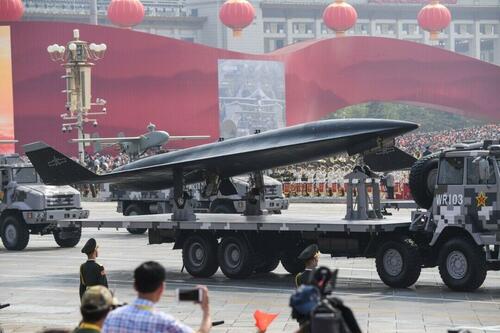US District Court Judge Blocks Illinois Ban On Certain Types Of Rifles, Attachments
Authored by Michael Clements via The Epoch Times,
A U.S. District Court Judge has permanently enjoined the state of Illinois from enforcing its “Protecting Illinois Communities Act” (PICA), a ban on certain types of semiautomatic rifles and so-called “high capacity” magazines.
In a 168-page ruling, Judge Stephen McGlynn of the U.S. District Court for the Southern District of Illinois wrote that PICA was “unconstitutional under the Second Amendment to the United States Constitution as applied to the states by the Fourteenth Amendment.” The order is stayed for 30 days.
Illinois Attorney General Kwame Raoul’s office said it plans to appeal the ruling.
“Although this decision is disappointing, the Protect Illinois Communities Act remains in effect for the next 30 days. The law is an important part of the state’s comprehensive efforts to make communities safe from gun violence,” Raoul’s spokesperson Annie Thompson wrote in an email to The Epoch Times.
“We will continue to defend the law’s constitutionality, as we have in courtrooms throughout Illinois, and plan to appeal the court’s decision.”
Gun rights advocates hailed the ruling as a victory in their fight to preserve the Second Amendment.
“We are gratified that the Court properly found that these bans violate the constitutionally protected rights of Illinois residents and visitors,” Brandon Combs, president of the Firearms Policy Coalition, wrote in a post on X.
“As we clearly showed at trial, PICA fails even under the Seventh Circuit’s misguided test that conflicts with binding Supreme Court precedent.”
The ruling was issued for four lawsuits that had been combined because they covered the same issues. Gun Owners of America (GOA) and the Gun Owners Foundation, and plaintiffs in one of the lawsuits, issued statements celebrating the injunction as a step forward.
“We are thrilled with the victory and for the citizens of Illinois. We the People deserve the right to decide how best to protect ourselves and our loved ones,” Erich Pratt, GOA’s senior vice president, said in a statement on the group’s website.
Illinois Gov. J.B. Pritzker signed PICA into law in January 2023. It outlawed AK-47 and AR-15 style rifles, as well as rifle magazines that hold more than 10 rounds and pistol magazines that hold more than 15 rounds.
The only exceptions to the ban were for “trained professionals,” such as law enforcement officers, and people who owned such guns before January 2024. The law also expanded licensing and permitting regulations.
McGlynn ruled that the Illinois law did not meet the standard set under the 2022 U.S. Supreme Court decision in New York State Rifle and Pistol Association v. Bruen. In that case, the high court ruled that gun laws must be in accordance with the plain text of the Constitution and comparable to the law in effect at the time the Second Amendment was ratified.
While the state referenced firearms regulations found in English Common law in its argument, McGlynn said it failed to meet the Bruen standard.
“Sadly, there are those who seek to usher in a sort of post-Constitution era where the citizens’ individual rights are only as important as they are convenient to a ruling class,” McGlynn’s decision states.
Illinois Gov. J.B. Pritzker gives a COVID-19 update in the Blue Room at the Thompson Center in Chicago on Feb. 9, 2022. Tyler LaRiviere/Chicago Sun-Times via AP
“Seeking ancient laws that may partner well with a present-day infringement on a right proclaimed in the Bill of Rights without reading it in conjunction with the aforementioned history is nonsense.”
The plaintiffs hope the U.S. Supreme Court will agree to hear a similar case from Maryland and settle the question of so-called “assault weapons.”
Plaintiffs in that case, Snope v. Brown, filed a petition for certiorari—a request to be heard—with the high court on Aug. 21. The plaintiffs claim that, like PICA, Maryland’s law unconstitutionally prohibits firearms that are “in common use for lawful purposes.”
In 2013, Maryland adopted the Firearms Safety Act, which bans 45 types of guns, including AR15 and AK47-style rifles and various shotguns “or their copies, regardless of which company produced and manufactured that assault weapon.”
The plaintiffs originally sued in the U.S. District Court for the District of Maryland on Dec. 1, 2020.
Snope v. Brown is the third iteration of the 2020 lawsuit. It is commonly known by its most recent title, Bianchi v. Brown.
“Certiorari is required in this case,” said Adam Kraut, executive director of the Second Amendment Foundation at the time the petition to the Supreme Court was filed, “to correct an increasingly widespread misunderstanding of the Supreme Court precedent, and the Second Amendment, itself. The specific type of firearm in question is commonly owned across the country, placing it well within the scope of the Second Amendment.”
Tyler Durden
Sat, 11/09/2024 – 15:10
via ZeroHedge News https://ift.tt/rENqYzi Tyler Durden




